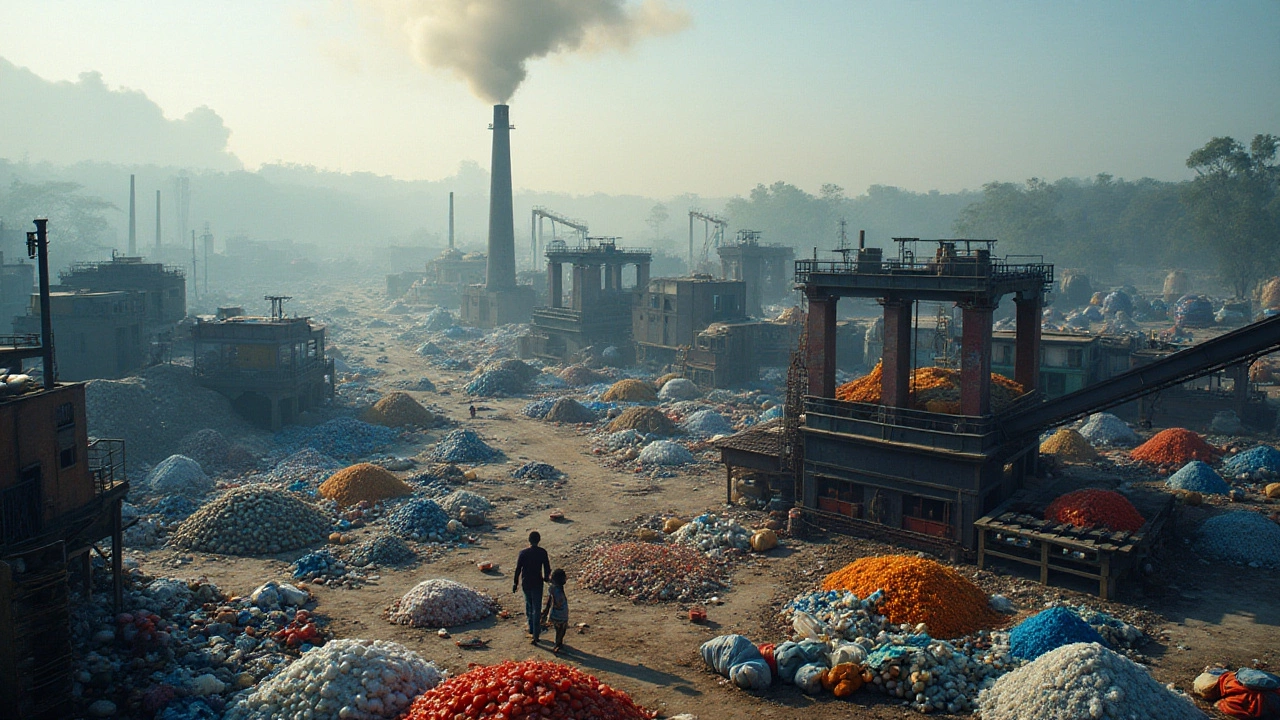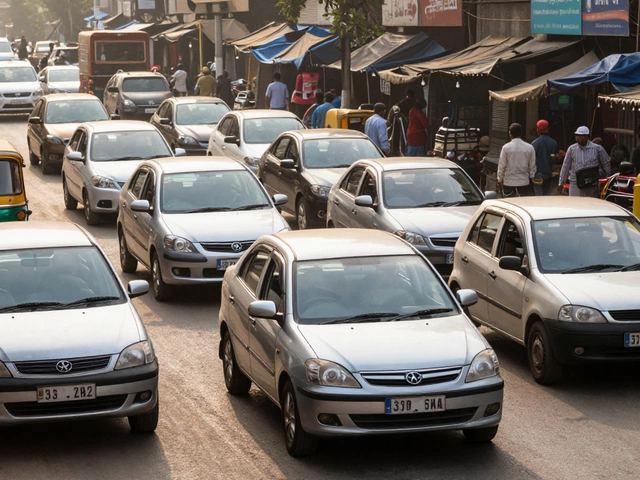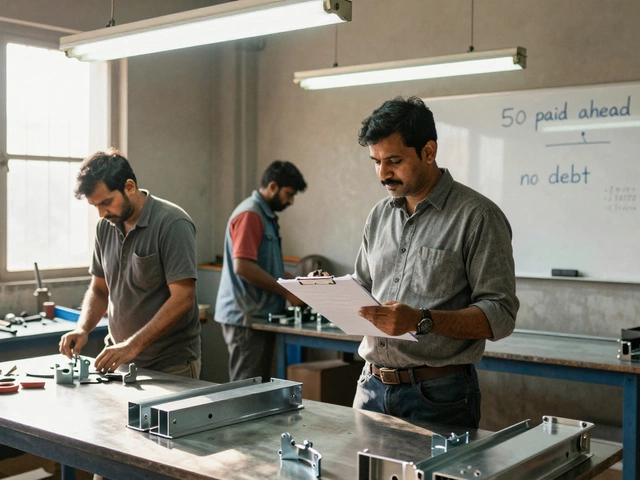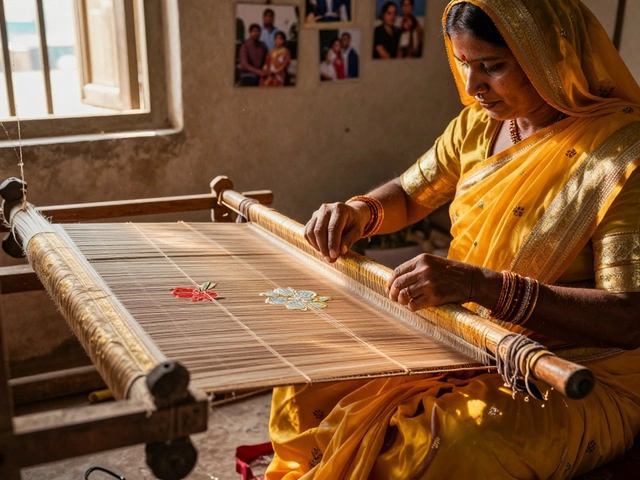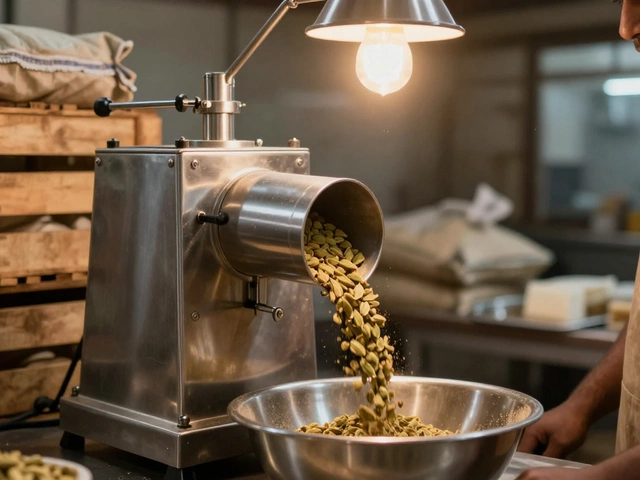Global Plastic Production: What’s Happening Now?
Plastic is everywhere – from the bottles you drink out of to the parts in your car. In 2024 the world produced roughly 400 million tonnes of plastic, a number that keeps growing. Most of that plastic comes from just a handful of regions: Asia leads, followed by Europe and North America. The surge is driven by cheap raw material prices, booming consumer demand, and rapid expansion of packaging industries. Understanding these numbers helps you see where opportunities and risks lie.
What’s Driving Plastic Production Worldwide?
First, low‑cost petrochemicals keep the price of resin down, making it easy for manufacturers to meet high demand. Second, e‑commerce and food‑delivery services have pushed up the need for single‑use packaging. Third, emerging markets are building new factories faster than ever, adding extra capacity to the global supply chain. On the flip side, stricter environmental rules in the EU and some Asian countries are forcing producers to invest in recycling and biodegradable alternatives. This mix of cheap feedstock, rising demand, and tighter regulations shapes the overall growth pattern.
India’s Position and Future Opportunities
India sits in the middle of this story. The country ranks among the top three plastic producers, thanks to its large domestic market and strong export base. Cities like Mumbai, Chennai, and Ahmedabad host clusters that turn raw polymer into everything from medical supplies to automotive parts. The government’s "Make in India" push gives tax breaks and easier land‑allocation for new plants, which is attracting foreign investors. At the same time, India’s waste‑management system is still catching up, so there’s a big opening for businesses that can offer recycling technology or circular‑economy services.
If you’re looking to enter the plastic market, focus on three practical steps. One, identify a niche product with steady demand – think food‑grade containers or automotive trim. Two, partner with a local producer who already has the necessary licences and an established supply chain. Three, design your product with end‑of‑life in mind; using recyclable grades or bio‑based polymers can give you an edge when customers and regulators ask for greener options.
Remember, the plastic industry isn’t static. Prices of oil, new government policies, and consumer attitudes can shift quickly. Keep an eye on quarterly production reports from major trade bodies and watch for upcoming bans on single‑use items in key markets. By staying informed and being ready to adapt, you can turn the challenges of global plastic production into real business wins.
Who Is the #1 Plastic Manufacturer in the World? 2025 Ranking Explained
Discover why Dow is the top plastic manufacturer in 2025, how rankings are determined, and what the other leading players look like.
Read MoreTop Plastic Producers in the World: Unveiling the Giants of Plastic Manufacturing
Plastics have become an essential part of our daily life yet they pose significant environmental challenges. This article explores the leading plastic manufacturing companies contributing most to global plastic production. Discover which companies are at the forefront of this industry, and how they impact both the economy and the environment. It also delves into innovative practices being adopted to reduce plastic pollution.
Read More
